|
Recap In part 1 we landed on the Godox SL200W as an optimal LED source, when you factor in price, convenience, and power. In part 2, we saw that there are optimal beam angles to consider when creating soft light. We also, saw the magical properties of magic cloth diffusion. Output The next factor to consider in our soft key light is the output. LED lighting manufacturers continue to push lights with more and more output. Lights like the Aputure 600D and the Forza 500 push into the 1.2K HMI territory. While this is exciting. As we’ve seen in part 2, the photometrics may be misleading. These newer lights use sleek new reflectors that output more light but give you a narrower beam. While narrow beams are useful for some applications, they are not optimal for our case of creating a large source of soft light within a small footprint. Learning how to test lights or any other gear can really save you money down the road. Despite what the marketing says about CRI and output, you really need to see what works best for your situation. The best way to test the amount of output you need is to use a light meter to take measurements of situations you most often find yourself in. I know as a one man band, I’ll never be competing with the power of the sun in a daylight exterior by using another light. Direct sun can output as much as 9300 foot candles. Even Hollywood productions oftentimes will choose to shoot when the sun is lower on the horizon. It’s also more efficient to work with bounce and diffusion to manipulate the sun rather than to try and overpower it. In interiors, sun can play factor by blowing out windows that are in your scene. You should always do a tech scout of your scene to see what the windows are doing. Is it a south facing window with direct light coming in or are you shooting at high noon where the sun is blasting off of surfaces causing highlights to be blown out. Again, as a one man band the best way to add production value is to avoid competing with direct sunlight. However, there are still many situations where a powerful key light can save you. For instance, shooting a wide shot with a high key look. You would need a light that can illuminate a scene rather than just a subject or talent. The source would need to be large enough that it can be backed away from the field of view and still appear soft. The source would need to bright enough to dial in your subject to background contrast ratio for a high key, natural look. Another situation is where the context determines that you shoot with windows along the edges of your frame or in the background. A key light in these situations allows you to stop down on your exposure to retain the highlights in your image and still get correct exposure on your subject. In these cases, you really want the right quantity (foot candles) and quality (softness) coming from your key light. You want a light that reproduces the color of daylight so that you can "extend" the light coming from the window and use your soft source light to wrap around your subject. I aimed for an output that approximates 100 foot candles of light, 3 feet away from the source, in this case the magic cloth. That gives me headroom to just slightly overpower a north facing window or an overcast day. A lighting setup that gives me a lot of output gives me flexibility to handle a wide variety of situations. If I want to shoot something more stylistic, moody, or narratively driven I can always dim the key light to approximate the ratios I need. Since I was able to purchase a trio of used Godox lights, I experimented with using two lights on a baby double header. I was able to get an even spread of light across the 6x6 surface area of the Magic Cloth. The double light set up was able to give me my 100 FC from a distance of 6 feet. That amount of light really does enable me to shoot an interview with a wider shot, while still maintaining a soft quality.
Stay tuned for Part 4 where we will look at our final qualification- simplicity in set up.
0 Comments
Softness of Light When I first started off in video production I neglected the power of diffusion. I opted for to go the DIY diffusion to save money, things like shower curtains and bed sheets. There’s nothing wrong with those options. But they both offer light diffusion. I was for some reason very apprehensive to knock down the level of my lights. I had paid a premium for every foot candle that the light was offering me. Even if I was going to go the route of purchasing actual diffusion fabric I still wanted to get something minimal like quarter grid. A friend of mine recently talked me into a diffusion fabric called magic cloth. It’s a heavier diffusion. I was apprehensive but I decided to test it out. I went with the TRP Worldwide 6x6 Magic Cloth. Upon testing, I realized this was a whole new ball game. The heavier diffusion actually works to become the new source of light. When you use a lighter diffusion you can still see the original light source as a big hot spot. You are only making the apparent size of the source marginally larger. The Magic Cloth can take even the hardest of light sources, such as the bare COB LED and still manage to soften it into a larger light source. You get a light that is even and consistent over the surface area of the diffusion fabric, which means it illuminates an area evenly and consistently. The apparent size of the light in relation to the subject and background makes it appear source-less and natural. When I watch interviews where the subject feel artificially lit with no lighting motivation, it almost always communicates something contrived, artificial and cheap. This does not add value to a film project or to a client’s message. The lighting should feel natural and plausible. A large soft source is so valuable because it will always feel as though a window is lighting a scene. It is very conceivable that a large window can exist in an interior space, because windows do exist in almost all interior spaces, save for the buildings from the Soviet Bloc era. Now I can put a large, north facing window in my lighting toolkit and set it up in less than ideal situations. Optimal Beam Angle At the time of testing I had an Aputure 300D with a reflector as well as a 2x Fresnel. The 2x Fresnel gives you an extra stop of light (twice as much light) at 1 meter away in its flood setting. I tested both the reflector and the fresnel through the magic cloth. What I found was that the beam angle on the 2x Fresnel was so narrow (even in its flood setting) that I needed to back it further away from the magic cloth in order to light the magic cloth evenly from edge to edge. The extra stop of light was being negated by the extra distance. This wasn’t an optimal because I need to be able to use this lighting setup without taking up a large foot print. When I had purchased the used Godox lights they did not come with a reflector. I had read that the Godox reflectors were inefficient because of an embedded hole in its design that they claim is for heat dissipation. These bowens mount accessories were originally designed with photographers in mind. So in my mind, the hole exists as a slot for an umbrella, and they were too lazy to change it for the video market. Anyway, I went online to find the best performing reflector. I had seen on newer COB lights such as the Aputure 300D II that the reflectors have been completely re-engineered. Nanlite was the only brand selling this new style of reflector as a stand-alone accessory. So I went ahead and ordered one to test. What I found was remarkable. The Godox light which is rated to be half as bright as the 300D actually measured brighter than the 300D with this new style of reflector. I was ecstatic. I had completely transformed a cheap light with a $25 dollar reflector! Not only that, the newer reflectors look great. The older reflectors look like they’ve been lined with used tin foil. But reality quickly set in that I was again approaching the conundrum of optimal beam angle as I had with the Aputure 2x fresnel. Although the beam angle is advertised as 55 degrees I found that I had to back the light about 6 feet to deliver a beam that would evenly light the 6x6’ surface of the magic cloth. When I tested the Godox with a standard reflector, the light wasn’t as powerful, the reflector looks like tin foil, but I only had to back the light up about 3 feet to get even coverage on the diffusion. The standard reflector also had a less noticeable hotspot in the middle. So in the end I returned the Nanlite reflectors and went with the standard reflector. Before I leave you hanging for part 3 of this blog, I’ll send you off with a couple more tips. Bonus Tips 1.) Remember how I said the Godox reflector had a hole to fit an umbrella. You can find reflectors that have an external mount to clamp the rod of an umbrella. Apparently, the umbrella is still a thing. However, that external mount actually comes in handy. If you were to use it to pair it with a cuculoris or cookie you could save yourself a light stand. I will experiment further with rigging something up and report back to you. 2.) That sleek looking newly engineered Nanlite reflector? They are not 7 inch reflectors, they are slightly larger so they won’t receive an accessory such as Aputure's barndoor accessory. My guess is that this was either a calculated business decision or because their beam angle was so narrow they tried to widen it with the extra diameter. That narrow beam does not work for soft key lighting set up but I have filed it away as a useful tool that certain jobs may call for.
For instance, cinematographers often use HMIs through windows to create slashes of light and shadow into the background of a scene. For the one man band you could potentially pull this off if you were filming on a ground floor. Pair two Godox SL-200s with theNanlite reflectors and you’ll be able to get a real punchy source that can MAYBE, JUST MAYBE approximate an 800W HMI. Now I am really starting to regret returning the Nanlite reflector. Stay tuned for part 3… Motivation for a Soft Key Light |
AuthorJust a simple guy trying to avoid using the word super in my vocabulary. ArchivesCategories
All
|

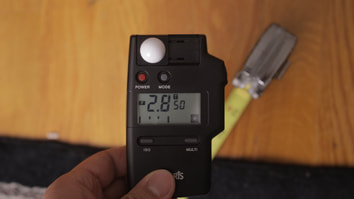

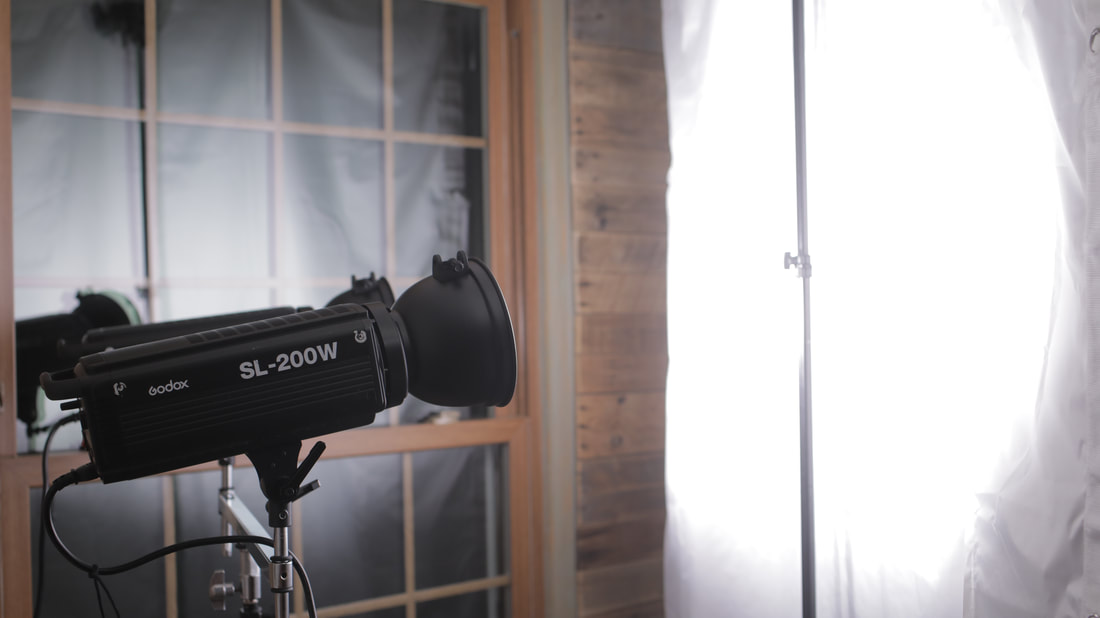






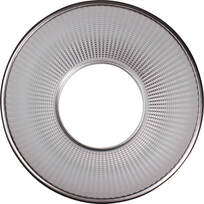

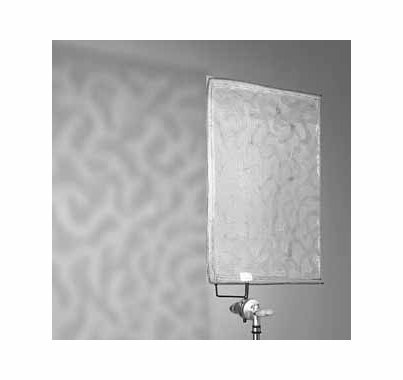
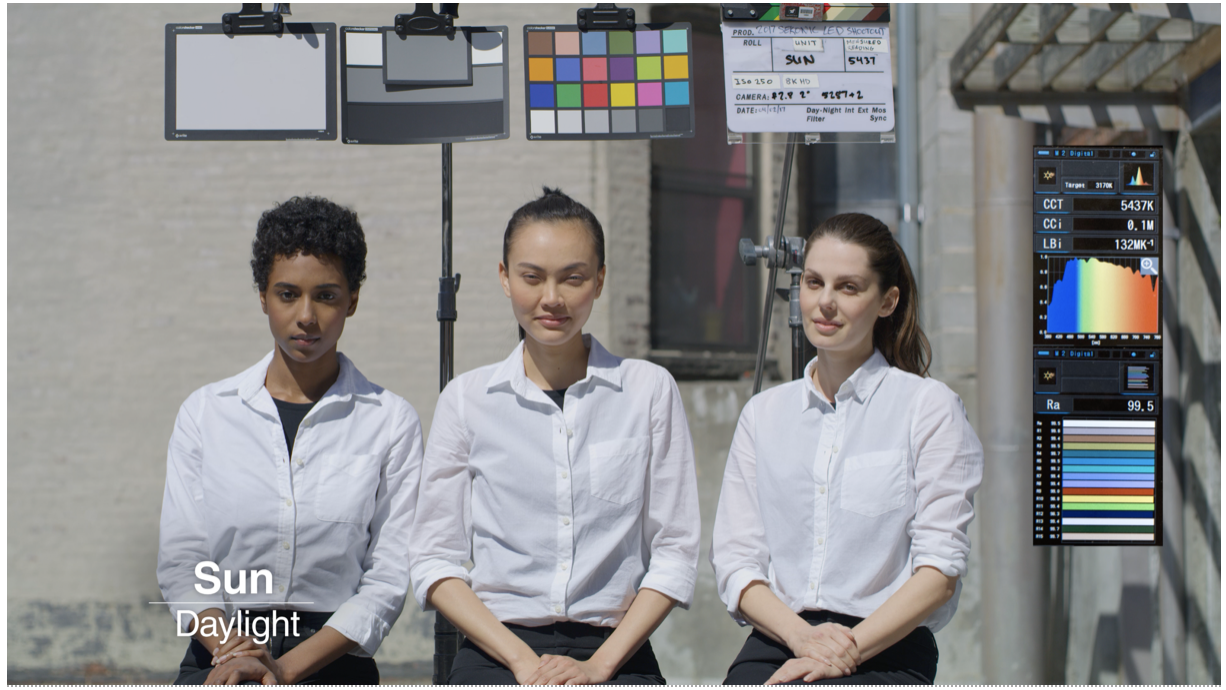






 RSS Feed
RSS Feed